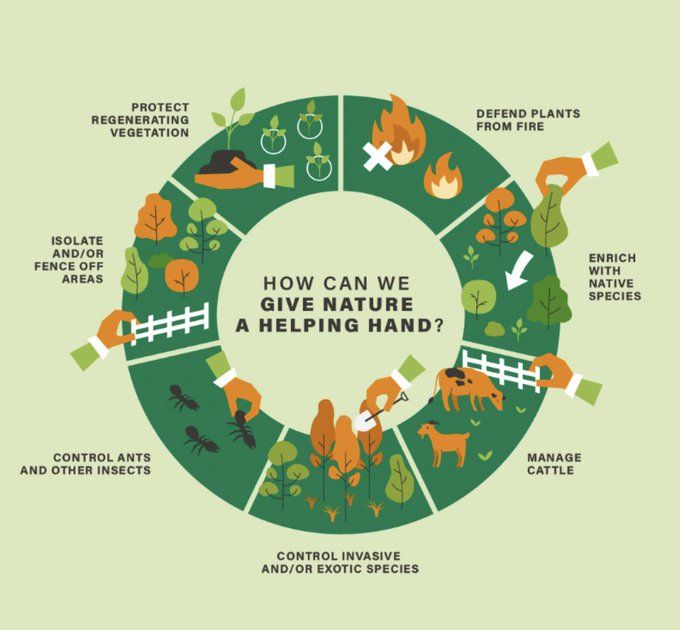Vegetative lines involve the planting of lines of vetiver grass following the contour lines, along stream banks and roadsides, to create a hedge. These hedges act like semi-permeable barriers, aimed to hinder surface erosion as they slow down run-off and retain sediments picked up by excess rainwater. This setup improves water infiltration and helps to increase the ground moisture level. Their root systems also help stabilise the soil and prevent further soil erosion. Thus this provides increased stabilisation of embankments, gully erosion, roads and slopes. Furthermore, water runoff and soil runoff reductions are observed, at around 57% and 80% respectively.
Vetiver grass can grow on slopes of > 50% and can be planted on a high variety of soils (red latosols, black cracking vertisols, roadside rubble, C-horizon gravels, laterites, sodic, and saline soils). Furthermore, vetiver grass is resistant to different types of climatic conditions: rainfall from 600mm to 6000 mm /year and extreme temperatures of -14°C to 55°C, and could survive several months submerged in water. Vetiver grass can support high levels of toxicity by manganese, aluminium and other metals and high levels of soil acidity, salinity, alkalinity, and acid sulphate conditions. All in all, they provide great solutions as they are non-invasive, fire resistant, and regrow quickly and be used as mulch and fuel (vetiver energy value is 55% the energy value of coal). Finally, vetiver grass is very efficient in stabilising Semi-Circular Bunds, Eyebrow Terraces or Negarim.
Very similar to the intervention described above is the so-called “Vegetative lines with cactus”. This intervention is based on the same principle as the Vegetative lines with vetiver grass, but it is suitable for drier environmental conditions (0 – 600mm). Like some other interventions, over time, this type of intervention can lead to the formation of terraces due to tillage and water erosion between the hedges.
